JADE

 Characteristics of the mineral.
Characteristics of the mineral.
Zhad is a general term used to refer to two different minerals, ornamental stones - jade and jadeite. Externally, nephrite looks like jadeite (visually different from jade by the nature of the treated surface). From a mineralogical point of view, both minerals are silica compounds and are chemically very similar, only magnesium, iron, nickel, chromium and vanadium compounds act as impurities in nephrite, and in jadeite - sodium compounds. For jade is not characterized by pure, bright, green tones, characteristic of jadeite and associated with the entry of chromium into its crystal structure. There are jadeites whitish, pinkish, purple and even blue. When weathering in nature, jadeite turns yellow due to oxidation of iron. Jadeite and jade began to be divided only after the opening of the New World.
To the territory of our country, jadeites began to carry quite recently, but in the world of jadeites are very popular for a long time, because they are cleaner in color and more transparent than jade. Jadeite was known to humanity since ancient times. Even in the Stone Age, it was used to make weapons and various economic tools. Later it became widely used for processing in the manufacture of jewelry and art products, especially in Central America. If there is any doubt, it is better to show the stone to a specialist.
Well-formed crystals of jadeite are extremely rare. It is usually observed in the form of fine, medium-to coarse aggregates. The transparency of jadeite can be different: from translucent (the most fine-grained) and translucent in thin cleavages to the most commonly encountered - opaque. Abroad, the main area for the extraction of jadeite is the northern districts of Burma. The most valuable is the variety Imperial. Prices for it are commensurate with the prices of emeralds. Most of the jadeite is sold in raw form. It is processed mainly in China and to a lesser extent in Hong Kong. Jadeite makes rings, bracelets, pendants, brooches, various carved souvenir and art products. Jadeite with an inexpressive coloring is sometimes subjected to ennobling by tinting with organic dyes. It can be removed with a tampon moistened with nitric acid.
Treated jadeite can be distinguished from jade by the nature of the polished surface. Minerals have a different microstructure: jade - sputanno-fibrous, jadeite - granular, which leads to the formation of a characteristic shattered "shagreen" surface when polishing jadeite (resembles an orange peel). Jade has a smooth, uniform wax surface after polishing. The density and refractive index of jade is lower than jadeite (jadeite can shine as opposed to matte jade). But in principle these stones are very similar.


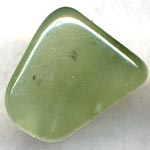
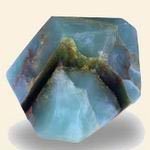
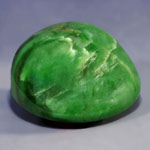
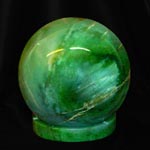
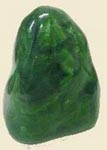
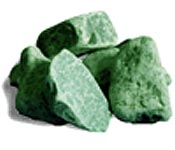
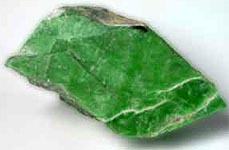
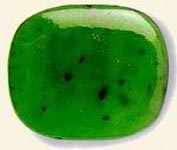
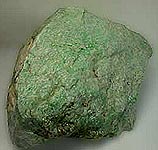
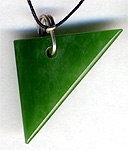
Poisonous and radioactive dangerous stones and minerals
** - poisonous stones and minerals (mandatory check in the chemical laboratory + explicit indication of toxicity).
** - radioactive stones and minerals (mandatory check on the standard dosimeter + ban on open sales in the case of radioactivity over 24 milli / g / h + additional measures of population protection).
All rare stones are subject to mandatory inspection at the standard dosimeter for the permissible level of radiation and in the chemical laboratory for the absence of poisonous and evaporating components that are dangerous to humans and the environment.


Comments
When commenting on, remember that the content and tone of your message can hurt the feelings of real people, show respect and tolerance to your interlocutors even if you do not share their opinion, your behavior in the conditions of freedom of expression and anonymity provided by the Internet, changes Not only virtual, but also the real world. All comments are hidden from the index, spam is controlled.